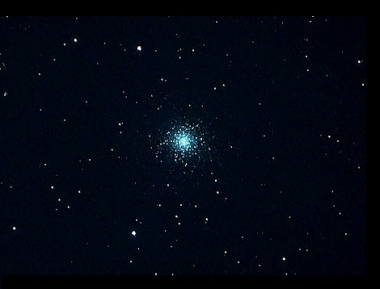|

In the Star Trek: The Next Generation episode "Too Short
A season", Cerberus II is a planet in the Cerberus system where a
medical process for rejuvenating aged bodies, called the Cerebusian
rejuvenator, had been developed. Starfleet Admiral Mark Jameson had
negotiated a treaty on the planet and was able to use the process as a
treatment for Iverson's Disease. He broke the treatment procedure and
administered the entire dosage at once, a move that ultimately caused
his health to deteriorate even more rapidly.
The constellation of Cerberus has its origins with the
astronomer Johannes Hevelius, who placed it on his star atlas
Firmamentum Sobiescianum. Cerberus is no longer recognized as a
separate constellation, instead its stars are now part of Hercules.
Hercules is a sprawling constellation just to the west of Lyra. From
Vega (alpha Lyrae) swing to the west-southwest eight degrees. The
principal stars of the constellatin are found farther south, with beta
Herculis being the brightest star in the constellation. Hercules
contains two of the most conspicuous globular clusters: M13, the
brightest and best-known globular cluster in the northern hemisphere,
and M92.
The solar apex, i.e., the point on the sky which marks
the direction that the Sun is moving in its orbit around the center of
the Milky Way, is located within Hercules, close to Vega in neighboring
Lyra.
M13 has over over 400,000 stars, orbiting one another
wildly as they are crammed into a ball 100 light years across.
|
|
